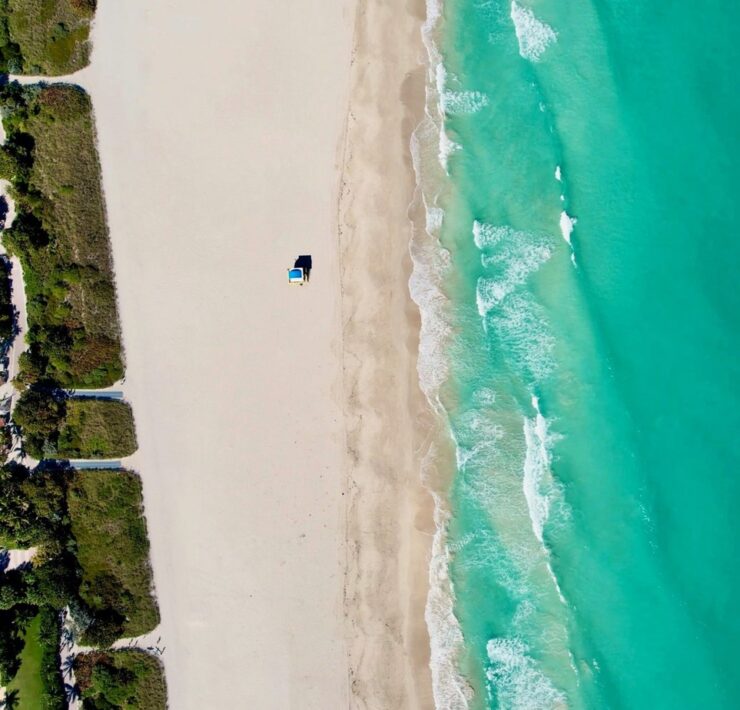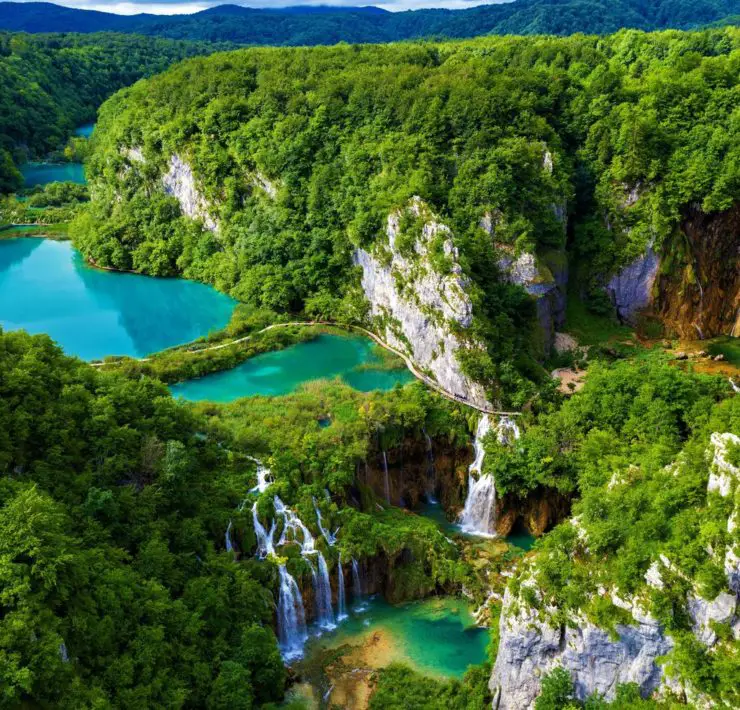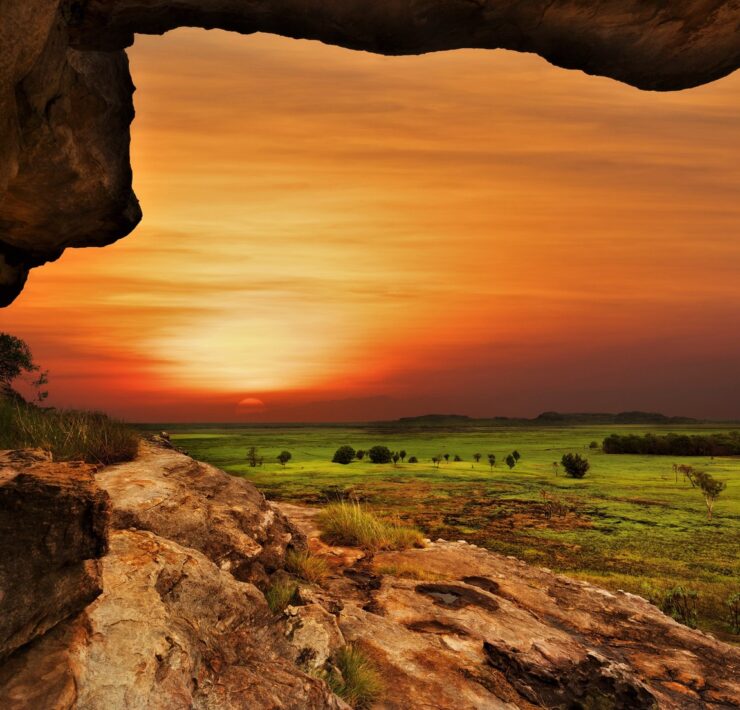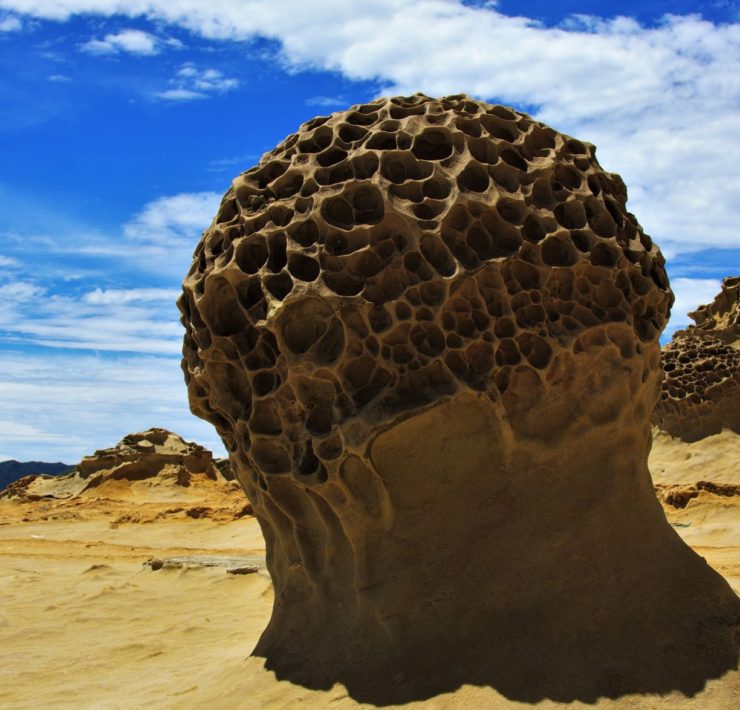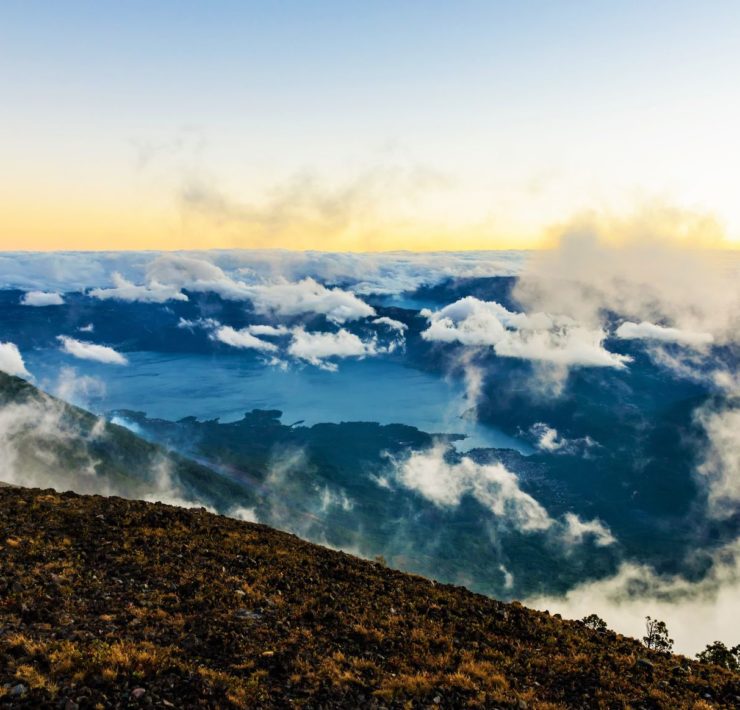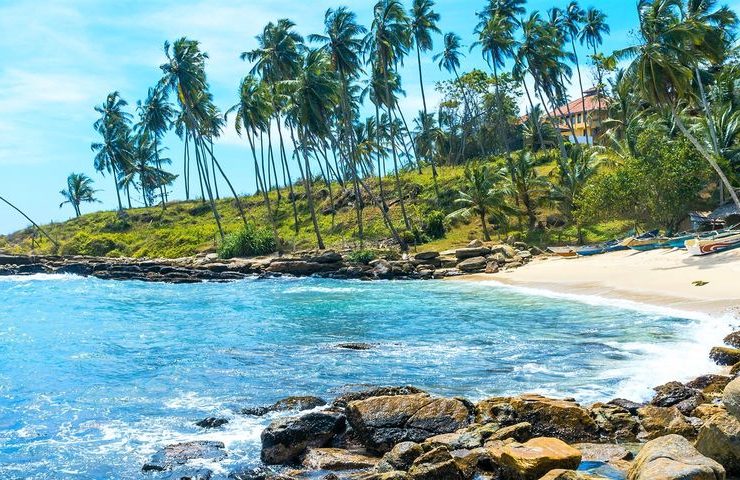Welcome to Loktak Lake, a lake that is known to be northeast India’s largest freshwater lake. It is 39 kilometers away from Imphal, Manipur and if you notice, there are numerous green circles floating on its waters, which makes it extra special. These circles that you see on the surface are called phumdis and they cover most of the lake area.
If you think that this place is mainly a tourist site, you’ve got it all wrong. Loktak Lake serves as a source of water for hydropower generation, irrigation, and drinking supply for the locals. It is also a source of livelihood for the rural fishermen.
Besides the water, the floating phumdis contribute to the locals’ livelihood. These are used for constructing huts and artificial circular enclosures for fish farming called athapums. These floating islands are made of matted vegetation, organic debris, and soil with a thickness that varies from a few centimeters to two meters. Only 20% of a phumdi’s thickness can be seen on the surface, while the rest of it is submerged. So far, phumdis can only be seen at Loktak Lake.
The life cycle of phumdis depends on the season. During the dry season, the water level falls and the phumdis touch the lake bed that enables them to absorb nutrients from it. These nutrients let the mass survive even when afloat as the water level rises during the monsoon season.
Loktak Lake is divided into three zones: the northern, central, and southern zones. The northern zone is separated from the central zone by large 0.4 to 4.5 meter-thick phumids that stretch from the northwest to the southeast. The central zone is the main open water portion of the lake, free from phumids in the past but nowadays occupied by athapums or artificially-made phumids floating on its surface.
The southern zone is where you’ll find the Keibul Lamjao National Park, known as the only floating park in the world. This park is the last natural refuge of the endangered Manipur brow-antlered deer called Sangai. For the entire Loktak Lake, there’s a recorded 233 species of aquatic plants and 425 species of animals.
The proliferation of phumdis, especially the planting of athapums and the infestation of water hyacinth, has caused environmental issues around the lake. The obstruction of water circulation plus the increase in siltation and deposit of pollutants degenerated water zones, which affected not only marine habitats but also power generation capacity. Efficient methods and alternatives were then utilized for lake restoration and control.
When On Earth Magazine is for people who love travel. We provide informative travel guides, tips, ideas and advice regarding places to see, things to do, what to taste, and much more for world travelers seeking their next dream vacation destination.

